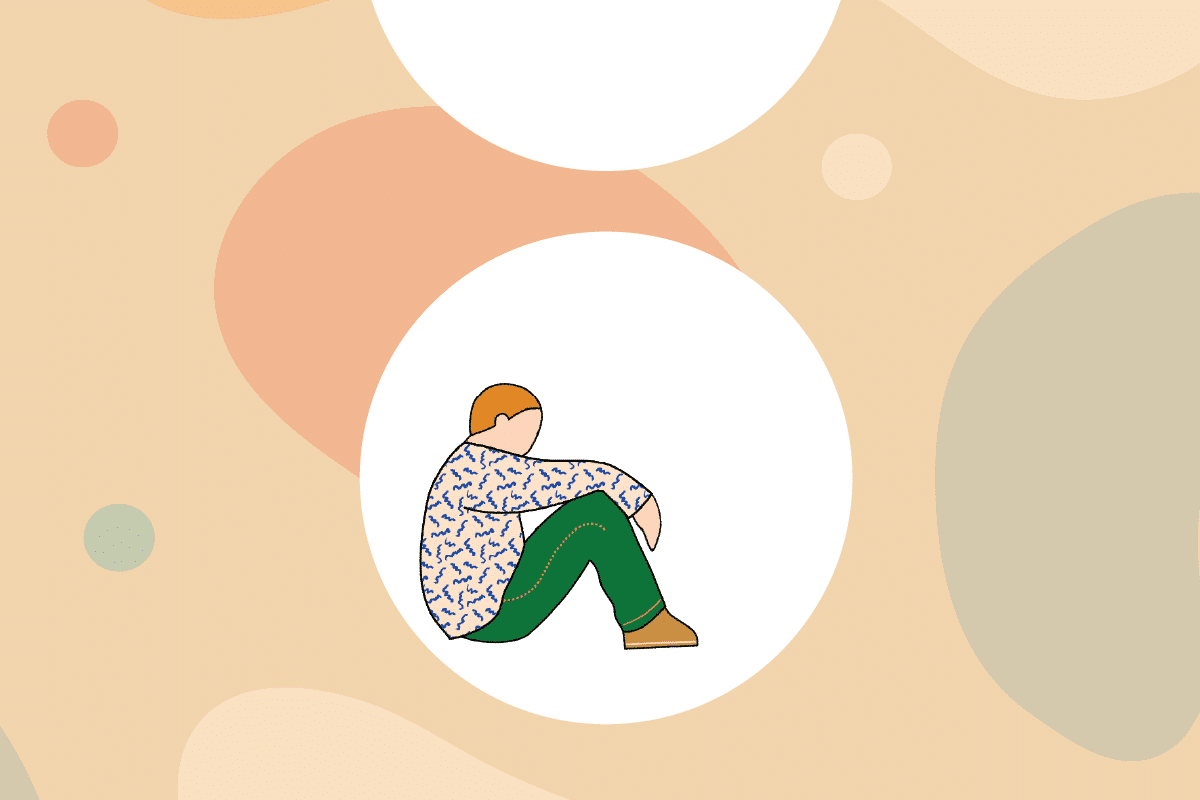The Boy, the Mole, the Fox and the Horse – a journey of love, courage, and belonging
Oct 2025
Written by Noel Macnamara
I have recently been on holiday and had some time to read a few books. One of those books was The Boy, the Mole, the Fox and the Horse by Charlie Mackesy (2019, Ebury Press). It’s a small book, full of delicate drawings, simple words, and deep truths. On the surface, it tells the story of four friends walking together: a boy, a mole, a fox, and a horse. But underneath, it’s really about life, about love, friendship, fear, and hope.
As I turned each page, I couldn’t help thinking about children and young people who live in out-of-home care, those who, for many different reasons, can’t live with their birth families and are cared for by foster carers, kinship carers, or in residential care. This book, though simple, speaks powerfully to the experiences of those young people: searching for belonging, building trust, and finding courage in a world that hasn’t always felt safe.
The Boy – the courage to keep asking questions
The story begins with the boy wandering alone, meeting the mole by chance. The boy is curious and full of questions: “What do you think success is?” he asks. “To love,” says the mole.
The boy’s questions are ones many young people in care might ask themselves: Who am I? Where do I belong? Who can I trust? Life may have been uncertain or filled with change, and it’s easy to feel lost. But the boy reminds us that questions are not a sign of weakness, they’re a sign of bravery. Asking questions shows that you’re still open to learning, growing, and believing that life can be good again.
Every step the boy takes is an act of hope. Even when he doesn’t know the destination, he keeps walking. For children in care, that’s an inspiring reminder: you don’t have to have it all figured out. The journey itself and the people you meet along the way, can lead you toward healing and belonging.
The Mole – the voice of kindness
Next comes the mole, a small creature with a big heart and a love of cake. The mole’s curiosity and kindness bring warmth to the boy’s journey. He listens without judgment and answers with wisdom that feels gentle and true.
One of the mole’s most powerful lines is: “One of our greatest freedoms is how we react to things.”
That’s an important message for anyone who has faced tough experiences. We can’t always control what happens to us, but we can choose how we respond. The mole reminds us that kindness, especially toward ourselves, is a form of strength.
Sometimes we can be harsh on ourselves when things go wrong. The mole whispers the opposite: that you are worthy of love just as you are, even when you feel broken or small. For children in care, whose stories might include loss, trauma, or unfairness, the mole’s message is powerful, kindness can rebuild what pain has taken away and sometimes, that kindness begins with something simple: sharing cake, saying thank you, or being gentle with yourself on a hard day.
The Fox – the quiet strength of trust
When the fox appears, he is silent and cautious. He has been hurt and has learned to keep his distance but when he meets the mole, he chooses compassion over harm and slowly, over time, he begins to trust again.
Many young people in care will recognise something of the fox in themselves. When you’ve been let down or hurt by people who were supposed to protect you, trust doesn’t come easily. You might stay quiet or watchful, afraid to be vulnerable again.
But the fox shows that healing happens in safe relationships. He doesn’t talk much, but his loyalty runs deep. He listens. He watches and when the time comes, he acts with courage to protect his friends.
The fox teaches that trust doesn’t have to be loud or fast. It can grow slowly, one moment, one act of kindness at a time. For children in care, that’s a message of hope: even if trust was broken before, it can be rebuilt, and you can find people who are safe to love.
The Horse – the gentle power of asking for help
The horse, the largest and kindest of them all, joins the group as a source of wisdom. When the boy asks, “What is the bravest thing you’ve ever said?” the horse answers, “Help.”
That word carries enormous power. For children and young people in care and for any of us, really, asking for help can feel scary. It might feel like admitting weakness. But the horse shows that asking for help is one of the strongest things you can do. It means you’re brave enough to trust that someone will listen and care.
The horse also reminds us to look for comfort in the small things: “When the big things feel out of control, focus on what you love right under your nose.”
That might mean hugging a pet, listening to your favourite song, painting, talking to your carer, or lying under a tree. These small, good things help keep us grounded. They remind us that peace and beauty still exist, even in the middle of chaos.
Together – a chosen family
The boy, the mole, the fox, and the horse are all different. They come from separate worlds, with their own fears and pasts. Yet they choose to walk together, sharing their strengths and their silence. They forgive each other, protect each other, and learn from one another. That’s what makes them a family.
For children in out-of-home care, family might not look like everyone else’s. It might be made up of foster carers, kinship carers, youth workers, friends, or teachers. What matters isn’t blood, its love, trust, and staying together even when things get hard.
Mackesy writes:
“Sometimes I think you believe in me more than I do,” said the boy. “You’ll catch up,” said the horse.
That’s what the best carers, mentors, and friends do, they hold belief in you until you’re ready to believe it for yourself.
The storm and the hope beyond it
In one of the most moving parts of the book, the friends face a storm. The boy is frightened, the mole clings to him, and the fox and horse stay near. The storm symbolises all the pain and uncertainty life can bring. But it also shows that no storm lasts forever.
“This storm will pass,” says the horse and it does.
For every child and young person in care, that truth matters deeply. You may be in a storm now feeling unsure, alone, or overwhelmed. But like the boy and his friends, you won’t face it forever, and you won’t face it alone. There are people walking beside you people who see your strength, who believe in your future, and who will stay until the sun comes out again.
You are enough
At the heart of Mackesy’s book lies one quiet message that echoes through every page: “You are loved. You bring to this world things no one else can.”
That’s the message I hope every young person in care hears and believes. You are not your past. You are not your mistakes. You are a story still being written, full of courage, kindness, and potential.
Like the boy, the mole, the fox, and the horse, your journey might take unexpected turns but along the way, you will find people who see your light, even when you can’t and with their help, and with your own brave heart, you’ll learn that love and belonging aren’t just things you find they are things you create, one step, one friend, one moment at a time.
Reflection and discussion
If you read The Boy, the Mole, the Fox and the Horse with a child or young person, here are some gentle reflection prompts you could use to guide conversation and connection:
- The Boy: What kinds of questions do you think the boy is asking about himself? What questions do you have about your life or the world?
- The Mole: What does kindness mean to you? Can you think of a time someone was kind to you or when you were kind to someone else?
- The Fox: The fox was very quiet at first. Why do you think that was? How can we tell when someone needs time before they’re ready to trust?
- The Horse: What does it mean to be brave enough to say “help”? Who are the people you can ask for help when you need it?
- The Storm: Everyone faces storms in life. What helps you feel safe and calm when things are difficult?
You might finish by inviting the young person to draw or write their own version of the story: The Girl, the Cat, the Dog, and the Tree or any combination that feels right to them. The goal is not to analyse the book but to let it open small, healing conversations about courage, trust, and love.
Reference:
Mackesy, C. (2019). The Boy, the Mole, the Fox and the Horse. London: Ebury Press.

